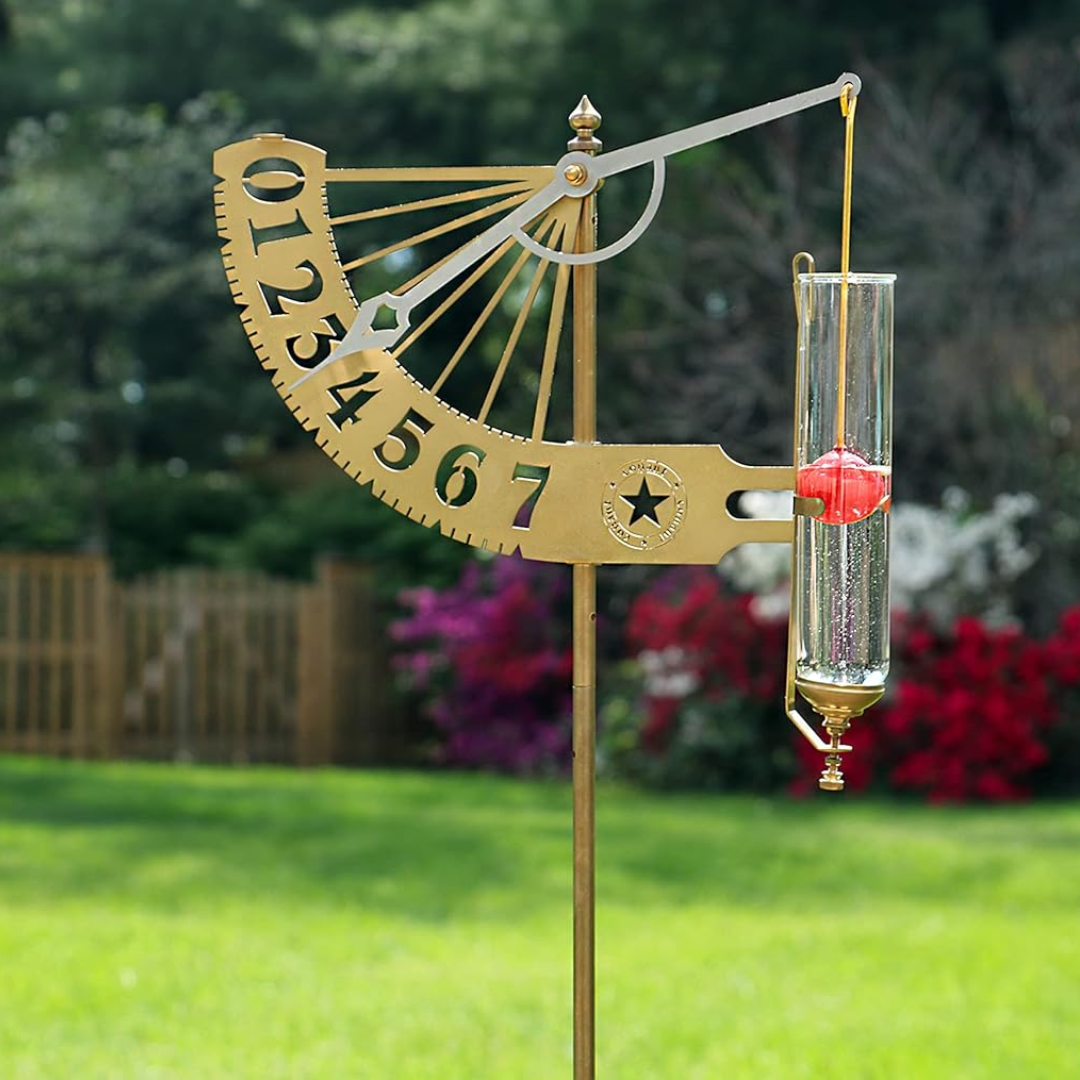Collection: Rain Measurement
Rainfall impacts all of us, from the lack of rain during times of drought to the dangers of flash floods when we receive too much rain too fast. For some interests - such as gardeners, farmers, and meteorologists - rain gage data is critical information. For the rest of us, obtaining rain measurement information with a rain gage is interesting and fun!
A rain gauge collects falling precipitation and funnels it to a rain measurement device. In a standard manual rain gage (one that has to be manually emptied), the rain measurement device is a graduated cylinder. In home weather stations, a self-emptying tipping bucket rain gauge is the most common type of rain gauge used for rain measurement. The reading is then transmitted to the inside console for recording/display of the information. This is done either wirelessly using radio waves (wireless rain gauge) or via electronic cabling. Stand alone digital and wireless rain gauges are also available.
Rainfall rate is generally described as light, moderate or heavy. Light rainfall is considered less than 0.10 inches of rain per hour. Moderate rainfall measures 0.10 to 0.30 inches of rain per hour. Heavy rainfall is more than 0.30 inches of rain per hour. Rainfall amount is described as the depth of water reaching the ground, typically in inches or millimeters (25 mm equals one inch). An inch of rain is exactly that, water that is one inch deep. Per the USGS Rainfall Calculator, one inch of rainfall equals 6 gallons of water per square yard or 27,154 gallons of water per acre!
Rainfall rate is generally described as light, moderate or heavy. Light rainfall is considered less than 0.10 inches of rain per hour. Moderate rainfall measures 0.10 to 0.30 inches of rain per hour. Heavy rainfall is more than 0.30 inches of rain per hour. Rainfall amount is described as the depth of water reaching the ground, typically in inches or millimeters (25 mm equals one inch). An inch of rain is exactly that, water that is one inch deep. Per the USGS Rainfall Calculator, one inch of rainfall equals 6 gallons of water per square yard or 27,154 gallons of water per acre!
There are other terms used to describe precipitation: type (rain, snow, etc), intensity (light, moderate, or heavy), and character (showery, intermittent, or continuous). Meteorologists use these terms in their forecasts or an actual weather event, such as "today's light rain showers resulted in six tenths of an inch of precipitation."
Now that you've known about how rain is measured, it time to put that knowledge into action
Click here to take a look at our collections of rain gauges
Now that you've known about how rain is measured, it time to put that knowledge into action
Click here to take a look at our collections of rain gauges
All content on the WeatherShack Education Center is Copyright 2002-2024 WeatherShack.com. This material may not be reproduced, displayed, modified or distributed without the express prior written permission of WeatherShack.com. For permission, please contact support@weathershack.com.
Leading Provider of Rain Gauges Since 2002
Navigate through our category to find the perfect fit for your rain and weather monitoring needs and stay informed about the elements!



